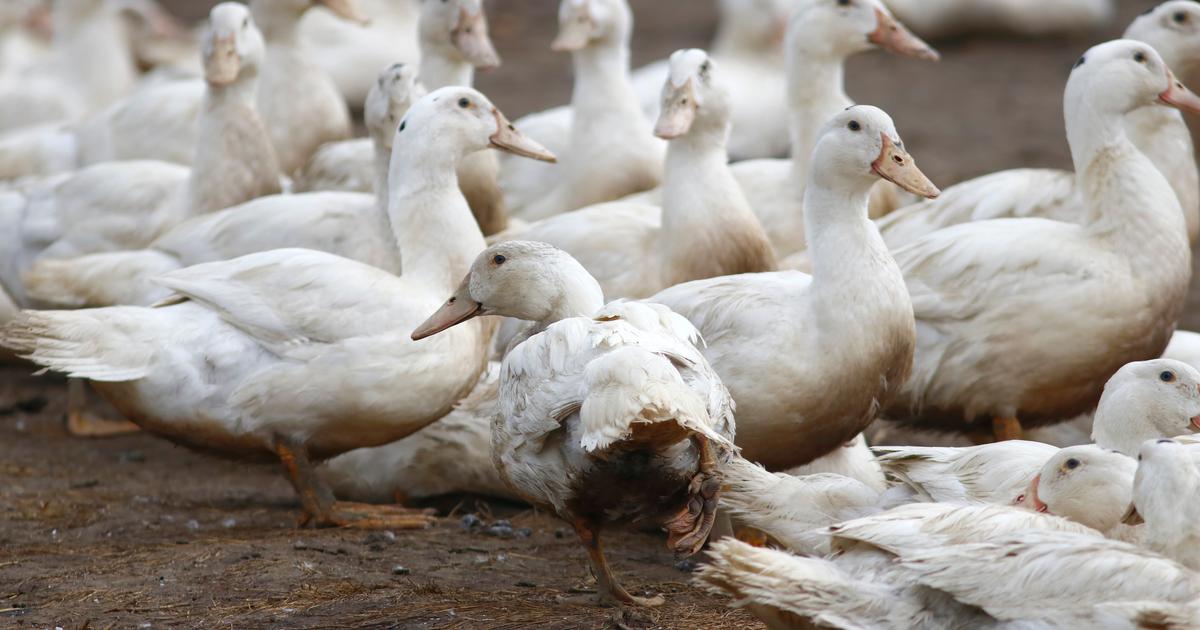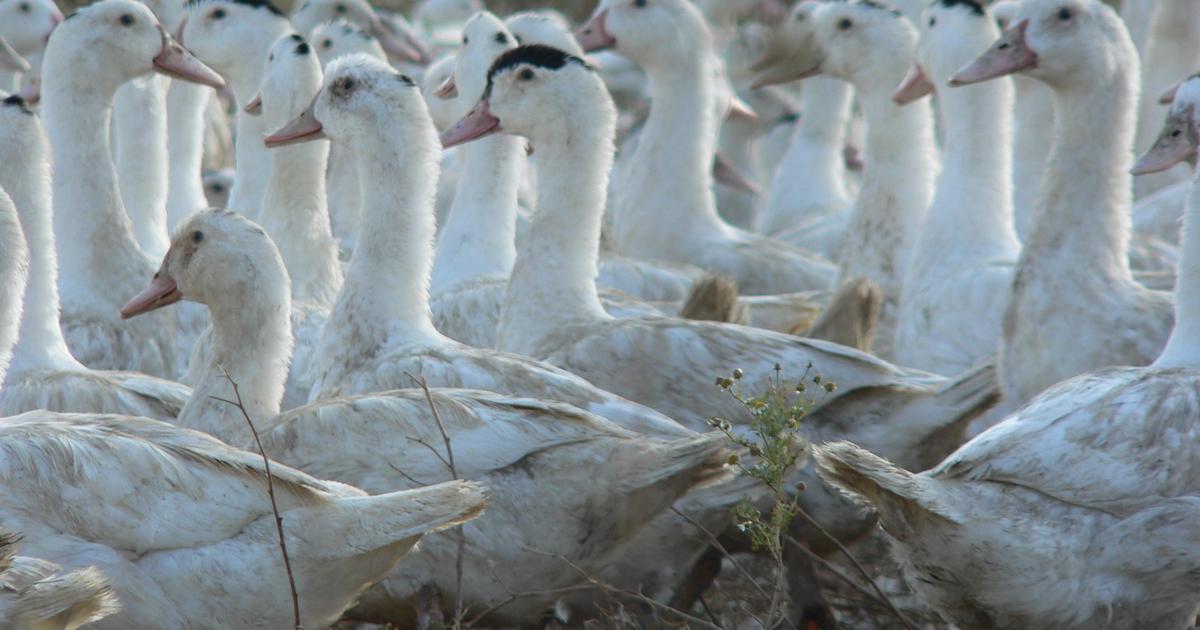The show begins.
A woman with rolled-up sleeves appears on stage.
She's holding a deck of cards, ready to entertain.
She chooses a brave young man as her de ella volunteer, offers him the deck of cards and asks him to pick a card, sign it and give it back.
Then the real show begins.
The magician proceeds to shuffle the cards with one hand, showing different styles to captivate the audience.
“Now that card is lost in the deck, but if I tap the top of it, I can make the [card] come up,” the magician says.
But it doesn't work.
She looks confused, “Gee, sometimes the card just jumps too high.”
Suddenly, she reaches behind her ear, pulls out a rolled-up card and hands it to the young volunteer.
I have unfolds it;
to his amazement of him, he sees that it's the card he signed.
At some point during the performance, the magician evidently rolled the card up and tucked it behind her ear, unknownst to the volunteer.
She has done this by diverting his attention from her, giving him something more attention-grabbing to concentrate on, such as the display of shuffling skills.
This strategy is so successful that magicians use it in countless tricks.
In the end, it's just disappointment, a trick to achieve the ultimate goal of entertaining an audience.
Here's a completely different scenario: A dog is running free in a marsh and a bird catches his attention from her.
A plover seems to have suffered an accident;
the bird is flapping one wing as if it were broken.
The dog runs at full speed, anxious to catch the bird, but just as he is about to do so, the plover easily takes flight.
The trick has worked.
The plover's nest,
which the dog would have stumbled upon had it not been distracted, remains intact.
In this case, the deception's not meant to entertain, but it deploys the same strategy.
Other times, magicians move rapidly to make it impossible for the viewer to follow an object's trajectory.
One example is the typical trick with three glasses placed upside down.
The spectators fix their eyes on the glass hiding a coin while s/he moves them around.
When the magician lifts the glasses, the coin is not in the glass we thought.
At some unnoticed moment, the magician has switched the coin from one glass to another.
Likewise, the California scrub jay - a bird that belongs to the corvid family - uses similar tactics to store food in different hiding places to prevent its provisions from being stolen.
When others are watching, the bird changes the location of its treasure multiple times, making it very difficult for observers to track where the food has finally ended up.
Another technique magicians commonly deploy - masking - hides visual information, as in using boxes with false bottoms.
In many cases, the surprises are hidden between the magician's fingers or in other nooks and crannies;
then, all of a sudden, a bunch of red balls appears out of nowhere.
It turns out that crows have their own secret pockets.
When they are being watched, they pretend to hide a piece of food on the ground, but they actually keep it inside a pouch in their throat that allows them to store food.
trickster birds
Based on these examples and many others, scientists believe that birds are true experts in the art of deception.
However, as mentioned above, they differ from magicians in their ultimate purpose.
After a magic show, the audience applauds and cheers, delighted at having been fooled.
Magic could never have evolved in our species if we did not have the ability to differentiate between benign and malicious lies.
It isn't just the trick that matters but also the reaction it causes.
The Internet is full of videos in which different animals react amusingly to tricks a human performs.
However, based on these videos alone, we cannot assume that the animals were truly surprised;
we need scientific evidence.
We know that many species do play, and magic is a form of social play.
But we currently lack evidence that animals incorporate trickery into their playful activities.
Nevertheless, these videos have piqued the interest of some animal behavior experts.
The University of Cambridge has a research group that includes magic in its methodology.
According to these scientists, “Studying whether animals can be deceived by the same magic effects that deceive humans can offer a window into the cognitive parallels and variances in attention, perception, and mental time travel.”
In a video, the Cambridge group's Elias Garcia-Pelegrin, a PhD in psychobiology, performs different tricks before an expectant Eurasian jay.
First, he shows the bird a small worm he's holding in the fingers of his left hand.
Then, with the other hand, he gestures as if he's picking the worm up, but he really keeps it in his left fist.
The jay, who has been trained to point to where it expects to find food, touches Garcia-Pelegrin's left hand with its beak.
This famous trick, which normally dupes people, has no effect on the bird, which, after all, has never handled an object with its hands.
In another trick, García-Pelegrin extends both palms so they're facing upward.
He puts the desired worm in one of his hands.
The scientist-magician dexterously passes the food from one hand to the other and tightly closes his hands.
The movement is so fast that it is impossible for humans to detect the worm's change of position, so we think it's still in the same hand.
Here, the study's results indicated that jays are as easy to confuse as we are, so in this case their perceptual abilities might be similar to ours.
Once we know the blind spots in other animals' cognition and whether they can be fooled or not, the next step will be to investigate how they respond to magic.
The anecdotes in the videos will eventually become data from which we can draw conclusions.
Stay tuned for what this striking mix of magic, science and animal behavior tells us.

/cloudfront-eu-central-1.images.arcpublishing.com/prisa/M2KJ7SANGFGB5IVZQ6OZGGS77Q.jpeg)













